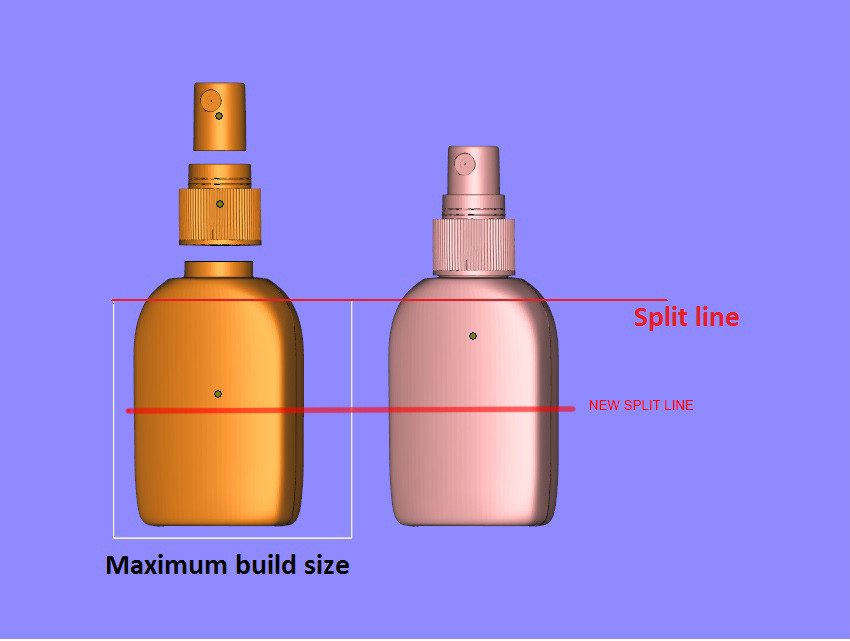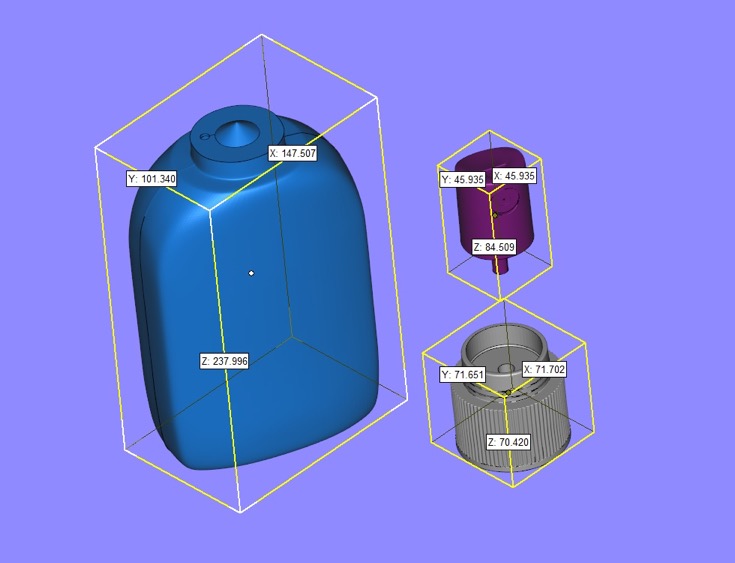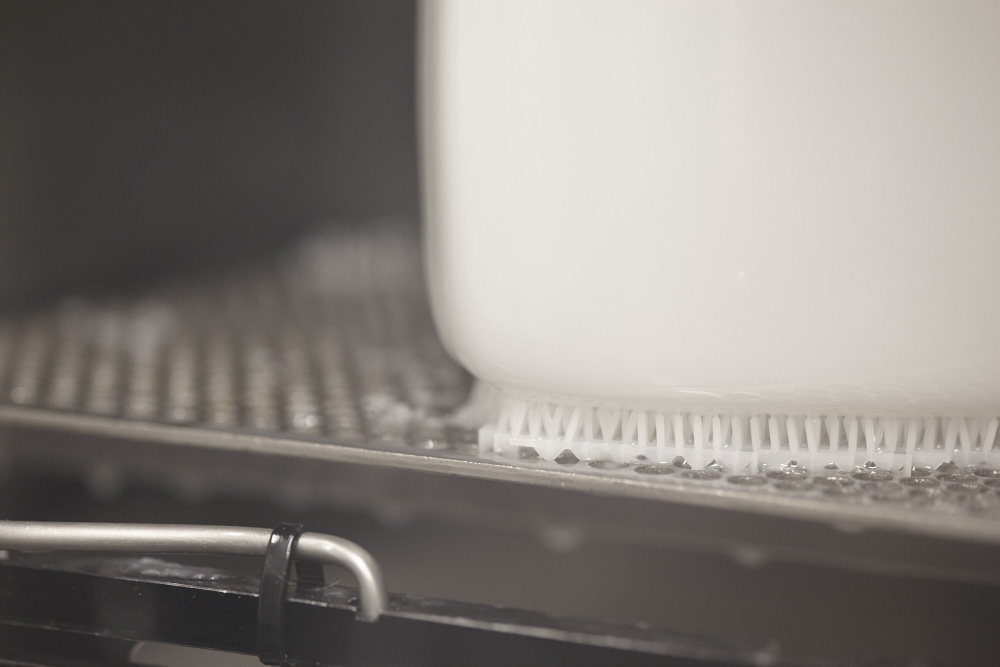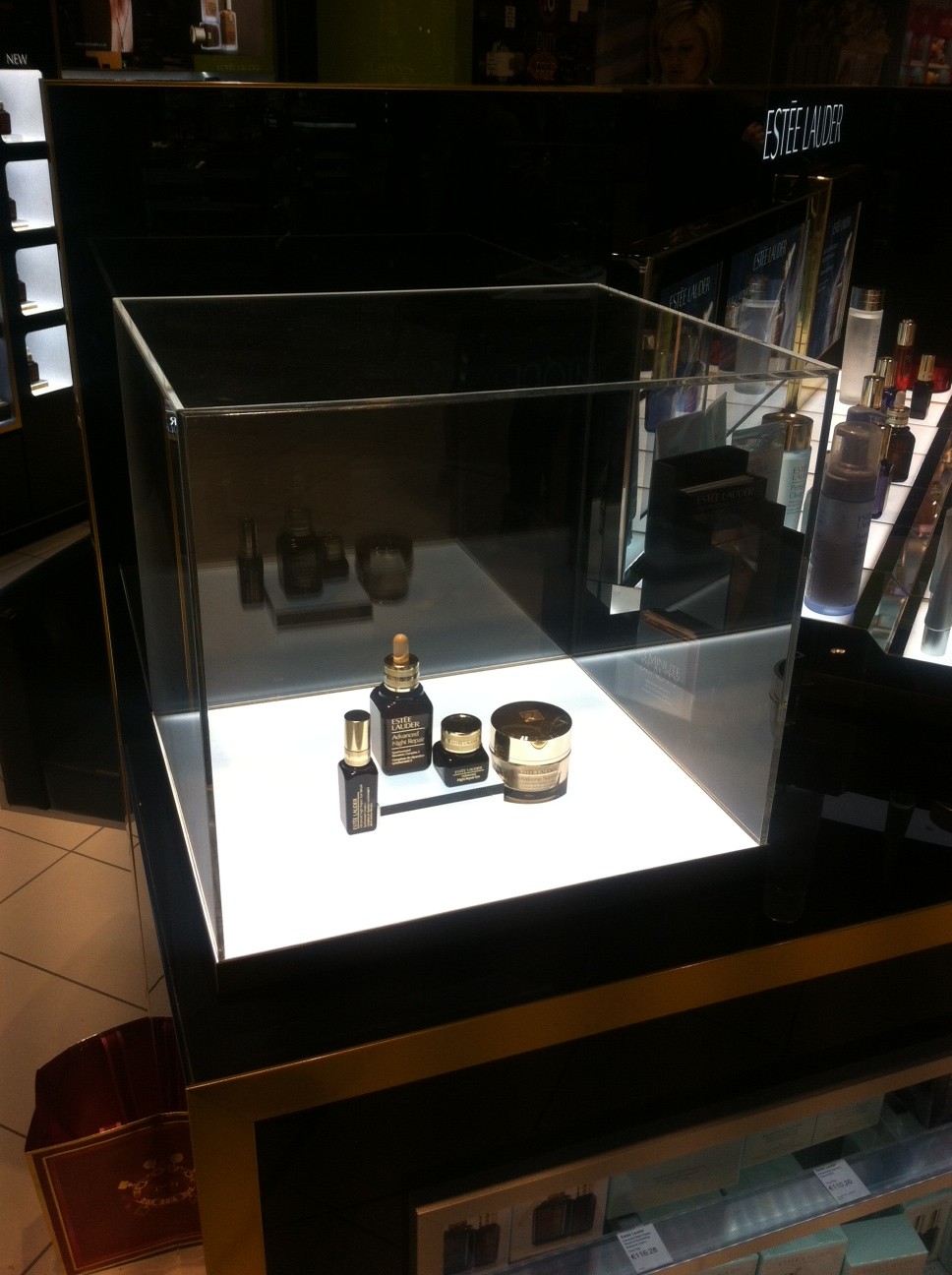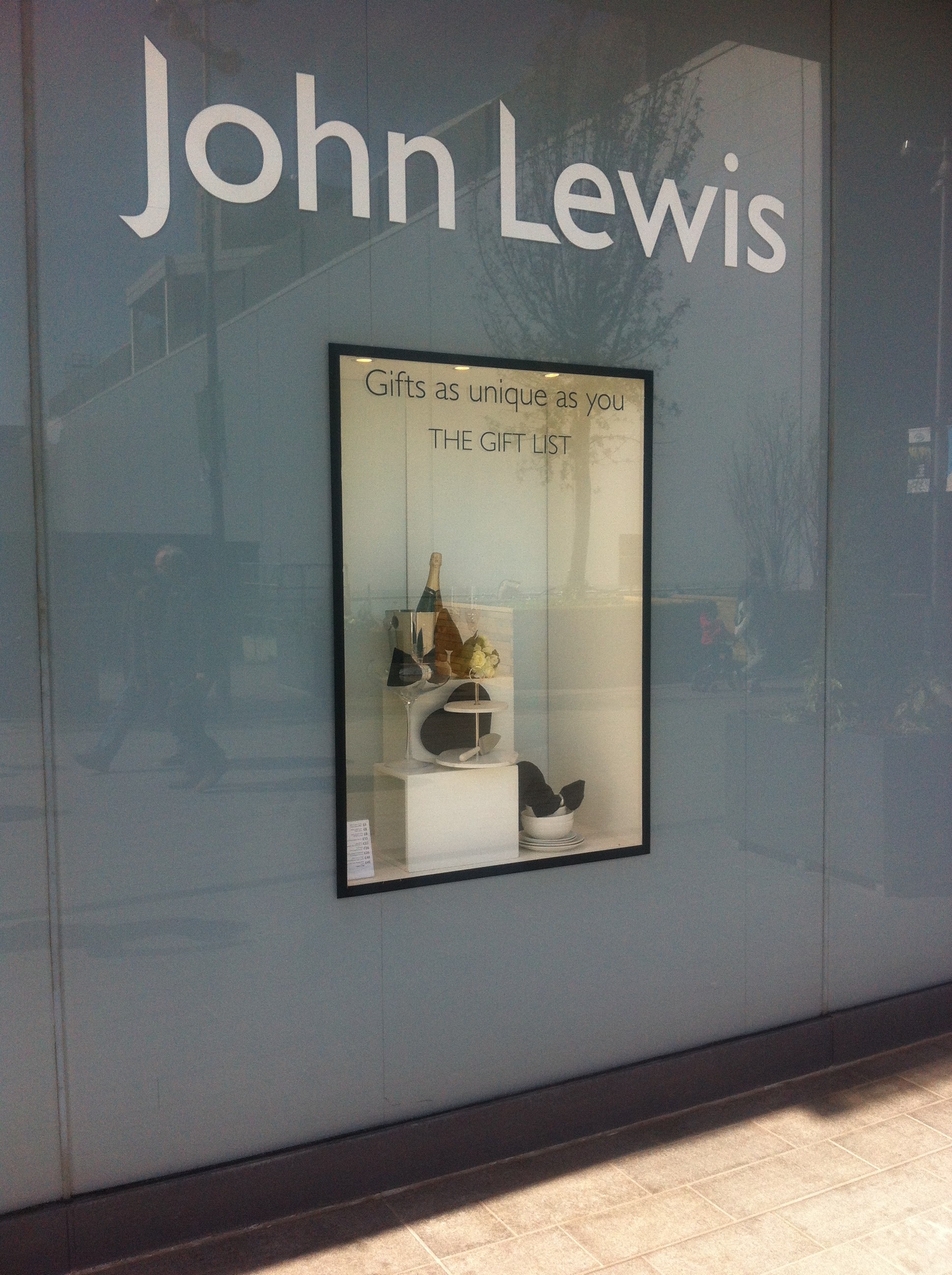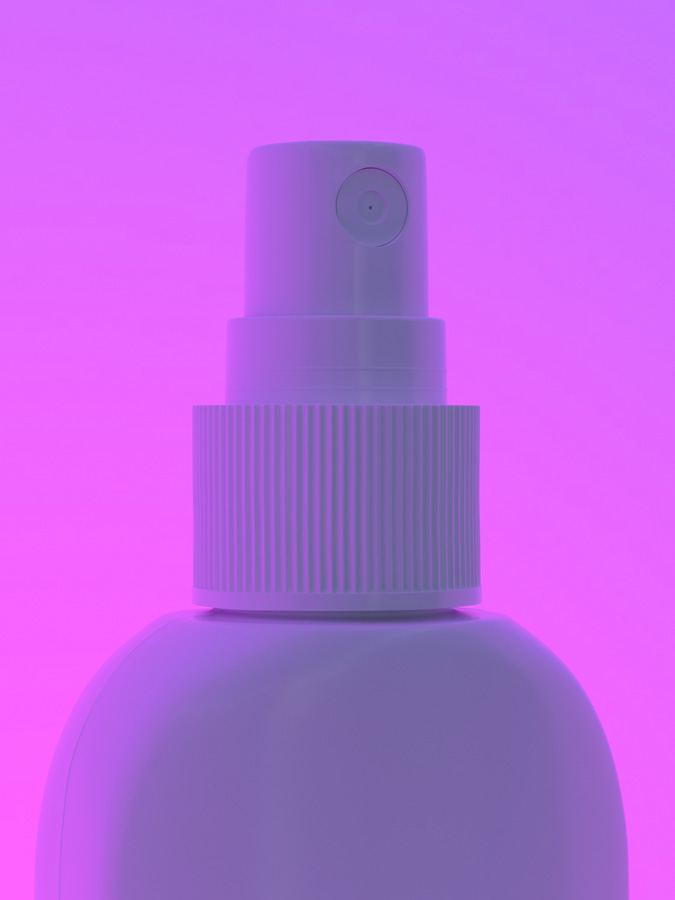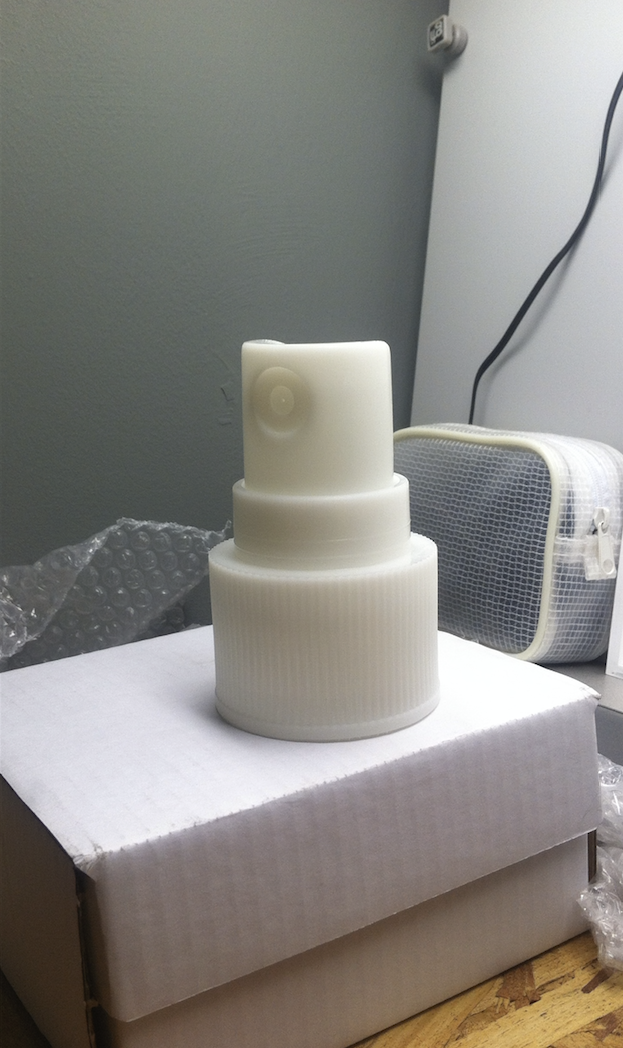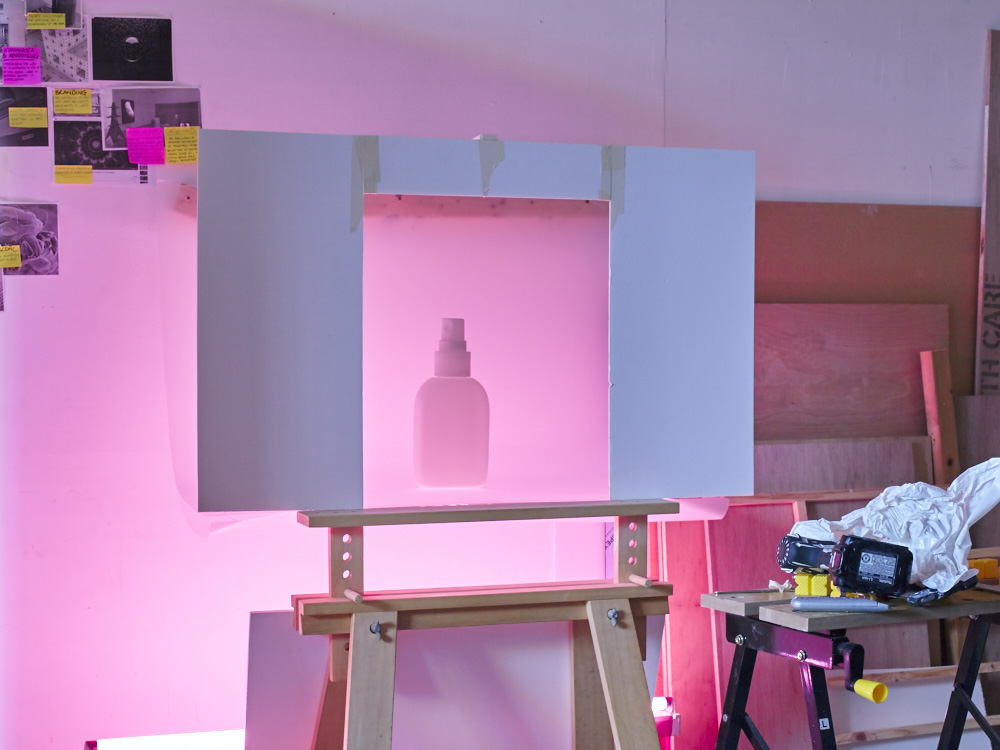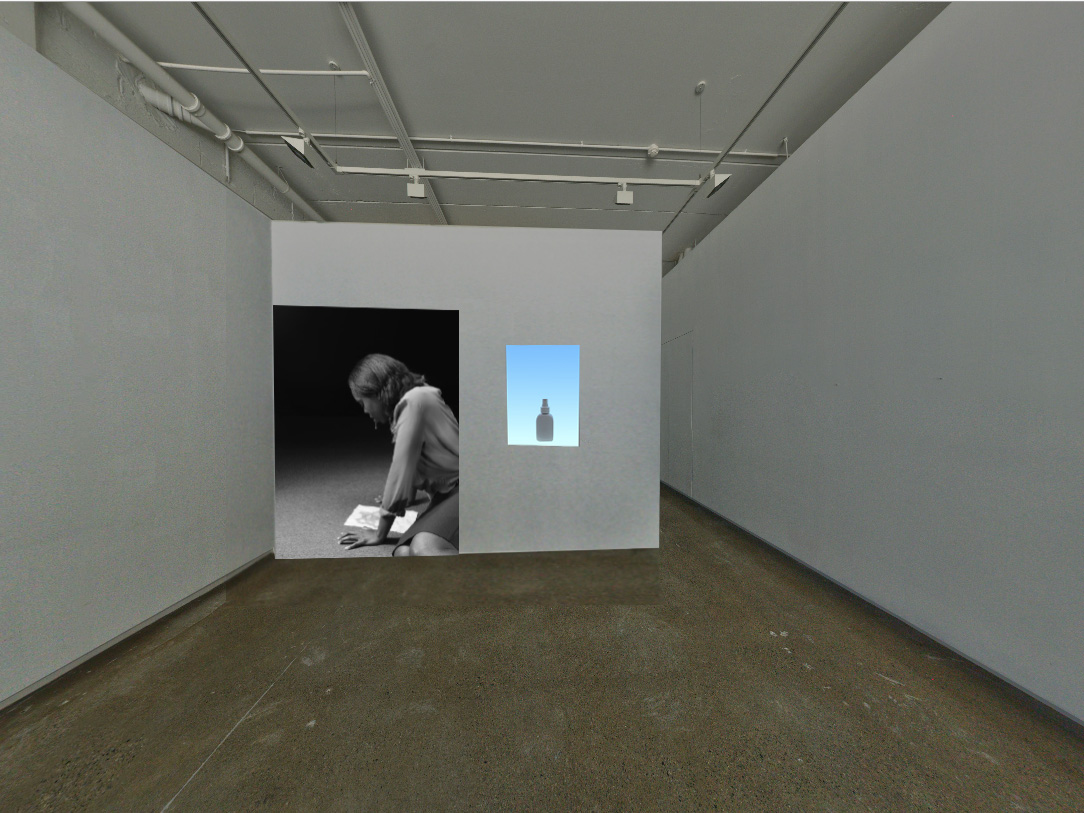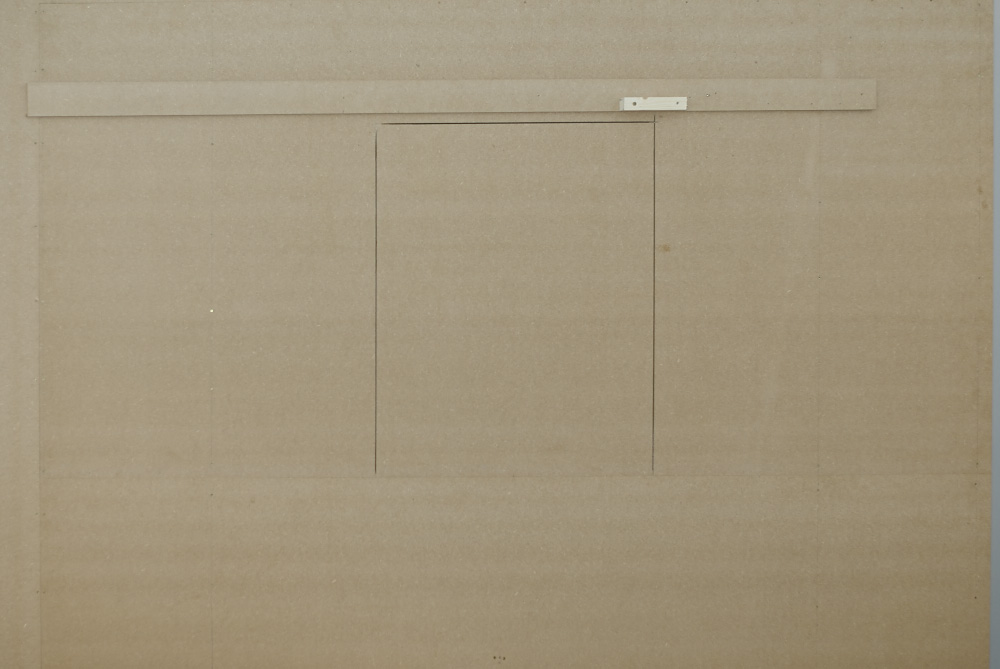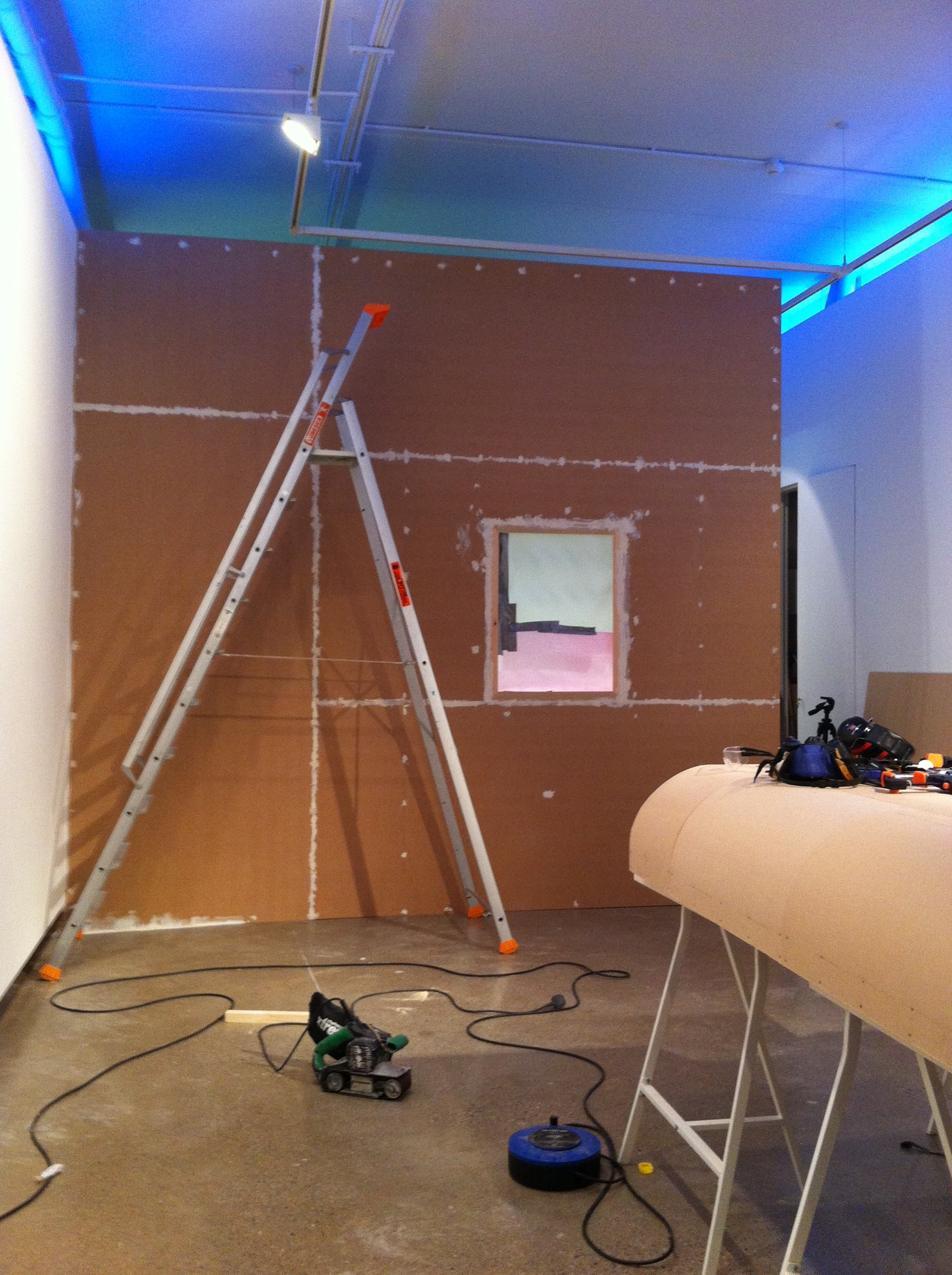Artist Blog
Every week an artist whose single image was published by Der Greif is given a platform in which to blog about contemporary photography.
Re-constructing renders
Jul 20, 2015 - Dominic Hawgood
I presently have a solo show in Ireland at Oonagh Young Gallery where I'm exhibiting Under the Influence.The idea behind the show is simple, I've re-imagined a render of The Anointing Water Version 1.0; specially produced to coincide with the opening of a previous solo show at TJ Boulting. I've started to utilise ideas in a more resourceful way, I rework and output them differently, both extending but also exploring a topic more fully. It's an opportunity to try new approaches to making art, keeps things more interesting, and importantly it's enjoyable. I'm going to look at how the light installation I built for my current solo show was produced, and then in another post discuss installation more generally.
The core concept behind Under the Influence was ambiguity, something which I attempted to place on loop, and which emerged throughout the project in numerous ways. It was the confusing feeling I had when witnessing exorcisms, an inability to determine if the theatrical performance was real, that I attempted to recreate for the viewer through my work. Renders were just one part of my strategy to reference this, they could look completely real but were simultaneously unreal. Working with a render as the starting point I decided to build my own photograph, to break my imagery into basic components, to hand make it as an installation, and create the illusion that what was being looked at was a 2d image.... a projection, monitor or light panel. I started with producing the bottle, and used the 3d wireframe that had already been constructed, to make a high resolution epoxy resin SLA 3d print, a type of rapid prototyping used in product design for making detailed product components.
The images above illustrate how the bottle was divided into sections ready for printing, and as it came out of the printer prior to be UV cured. From this point the bottle was sanded and finished to a perfectly smooth matt surface ready for spraying. A shot I had taken on my phone of a John Lewis display, and another at an airport cosmetics counter became the inspiration for the installation, and are examples of the kind of references I draw upon. I spend a lot of time looking at commercial lighting display systems and increasingly incorporate details I observe on the high street into my art practice.I decided to use acrylic in the installation because it appeared in almost all cosmetic counters, and is classically used in commercial product photography. To replicate the hovering bottle from the render I utilised an infinity curve, fabricated from acrylic and lit with Arduino controlled LED's, to confuse our perception of depth. To create the illusion perfectly required a particular attention to detail at all stages of fabrication, getting rid of visible surfaces, and stripping everything back to appear minimalist.
In the slide show you can see various shots in my studio, taken as I test the idea and try to resolve the many design issues. To produce the work on a budget created difficulties because I could only hypothesise problems, little could be tested until the final installation, meaning I had only one attempt to get it right. The bottle needed to be recessed into a wall so one was built specifically to house it, which also accentuated the optical deception of flatness; in essence I created a huge diffused light box. When everything was in place and finally installed, and the LED's turned on, something odd occurred. Immediately everything became flat, it glowed with the intensity and seduction of an HD screen, it became 2d.


